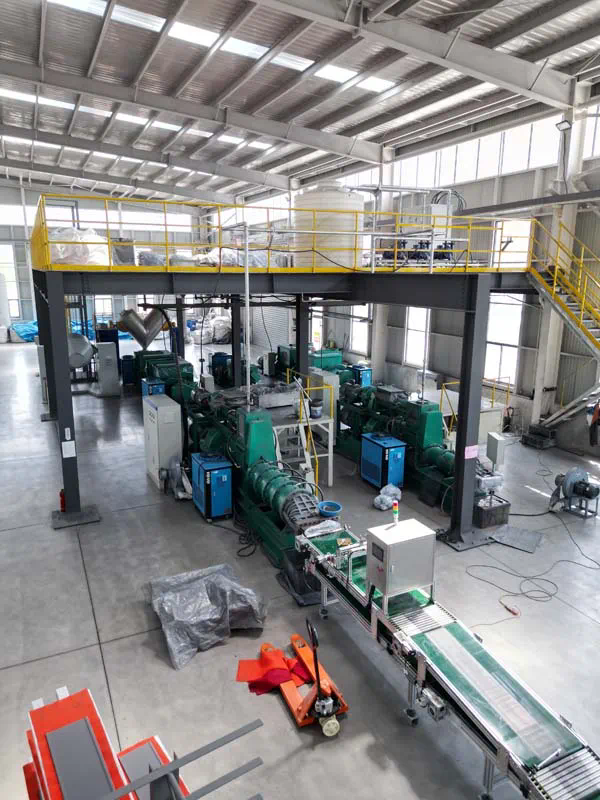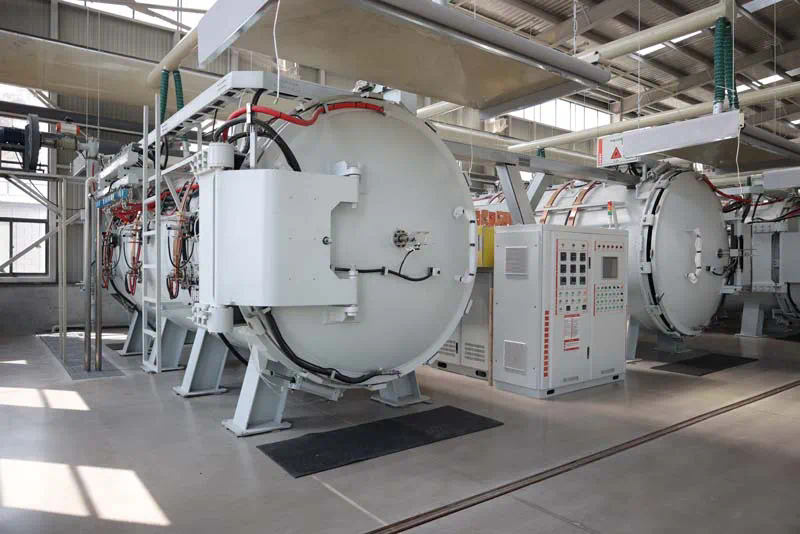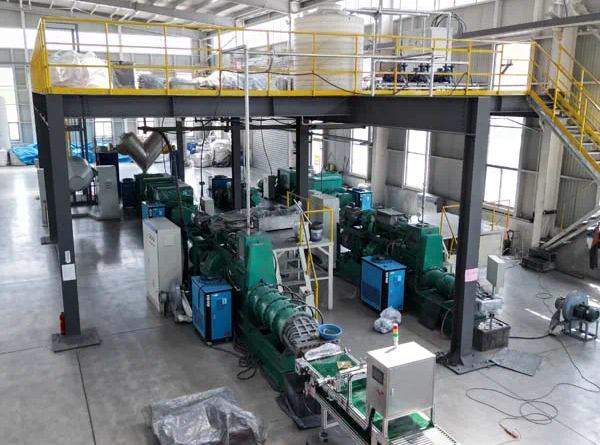A Comprehensive Guide to Silicon Carbide
Silicon Carbide (SiC) has emerged as a transformative material in various industrial applications due to its unique properties and capabilities. This comprehensive guide aims to delve into the many facets of Silicon Carbide, exploring its fundamental characteristics, production processes, applications, and future prospects. By understanding these elements in detail, readers will gain a thorough appreciation of why Silicon Carbide is becoming increasingly significant in modern technology.
Silicon Carbide is a compound of silicon and carbon with the chemical formula SiC. It exists in over 250 different crystalline forms, known as polytypes. The most common of these polytypes are 4H-SiC, 6H-SiC, and 3C-SiC, each with distinct properties suited for various applications.

Properties of Silicon Carbide
Silicon Carbide stands out due to its exceptional properties, which include high hardness, thermal conductivity, and electrical resistivity. These properties make it an ideal material for demanding applications.
Hardness and Strength
SiC is renowned for its hardness, making it one of the hardest materials known. On the Mohs scale of hardness, it ranks at 9, just below diamond. This hardness translates into excellent wear resistance, making it valuable for applications involving abrasive materials and high-stress environments.
Thermal Conductivity
Another significant property of Silicon Carbide is its high thermal conductivity. SiC can efficiently conduct heat, which is crucial for applications requiring effective heat dissipation. This property makes SiC an essential component in high-power electronic devices and heat exchangers.
Electrical Properties
Silicon Carbide exhibits high electrical resistivity and can operate at high temperatures and voltages. This makes it particularly useful in semiconductor devices where high power and efficiency are required. SiC’s wide bandgap allows devices to operate at higher voltages and temperatures compared to traditional silicon-based semiconductors.
Production of Silicon Carbide
The production of Silicon Carbide involves several methods, including both synthetic and natural processes. Synthetic SiC is predominantly used due to its superior quality and consistency.

Acheson Process
The most common method for producing synthetic SiC is the Acheson process, named after its inventor, Edward Acheson. This method involves heating a mixture of silica sand and carbon in an electric furnace at temperatures around 2000°C. The reaction between silicon dioxide and carbon produces Silicon Carbide along with carbon monoxide gas.
Chemical Vapor Deposition (CVD)
Chemical Vapor Deposition is another technique used to produce high-purity SiC. In this process, gaseous precursors, typically silane (SiH4) and methane (CH4), are introduced into a reaction chamber where they decompose to form SiC. CVD allows for precise control over the properties of the resulting material and is often used in the production of SiC thin films and coatings.
Sublimation Process
The sublimation process, also known as the physical vapor transport (PVT) method, is used to produce high-quality SiC crystals. This process involves heating a SiC source material in a vacuum, causing it to vaporize. The vapor then condenses on a cooler substrate, forming single-crystal SiC. This method is crucial for producing high-purity SiC substrates used in electronic devices.
Applications of Silicon Carbide
Silicon Carbide’s unique properties make it suitable for a wide range of applications, from industrial machinery to electronics and aerospace.
Industrial Applications
In industrial settings, SiC is used as an abrasive material due to its hardness. It is commonly employed in grinding wheels, cutting tools, and sandpapers. Additionally, SiC is used in ceramic materials for high-temperature applications, such as kiln furniture and refractory linings.
Electronics
One of the most significant advancements in recent years is the use of Silicon Carbide in electronics. SiC-based semiconductors are used in power electronics for applications such as electric vehicles (EVs), power supplies, and renewable energy systems. SiC transistors and diodes offer superior performance compared to traditional silicon devices, including higher efficiency and the ability to operate at higher temperatures and voltages.
Automotive Industry
In the automotive industry, SiC is making a substantial impact, particularly in electric and hybrid vehicles. SiC devices help improve the efficiency of power inverters and converters, leading to better performance and longer battery life. The high thermal conductivity of SiC also helps in managing the heat generated by high-power components.
Aerospace and Defense
Silicon Carbide is also used in aerospace and defense applications due to its ability to withstand extreme conditions. SiC is used in lightweight armor materials and high-temperature components for spacecraft and missiles. Its strength and thermal stability make it ideal for these demanding environments.
Future Prospects of Silicon Carbide
The future of Silicon Carbide looks promising as advancements in technology continue to drive demand for this material. Several areas of development are expected to shape the future of SiC.
Advancements in Semiconductor Technology
Ongoing research is focused on improving the performance and cost-effectiveness of SiC semiconductors. Innovations in material processing and device design are likely to enhance the capabilities of SiC-based electronics, making them more accessible for a broader range of applications.
Expansion in Automotive and Renewable Energy Sectors
As electric vehicles and renewable energy sources become more prevalent, the demand for SiC components is expected to increase. SiC’s efficiency and durability make it an attractive choice for power management systems in these sectors, and continued advancements are likely to drive further adoption.
Development of New Applications
New applications for Silicon Carbide are continually emerging. Research is exploring the use of SiC in areas such as high-frequency communications, quantum computing, and advanced sensors. These developments could open up new markets and opportunities for SiC.
Conclusion
Silicon Carbide is a remarkable material with a broad range of applications and significant potential for future development. Its unique properties, including hardness, thermal conductivity, and electrical resistivity, make it a valuable asset in various industries. As technology continues to advance, Silicon Carbide is poised to play an increasingly important role in shaping the future of electronics, automotive systems, and beyond. Understanding the intricacies of SiC, silicon carbide ceramic from its production processes to its diverse applications, provides valuable insights into why this material is becoming a cornerstone of modern technology.
https://tmsmicro.com/
